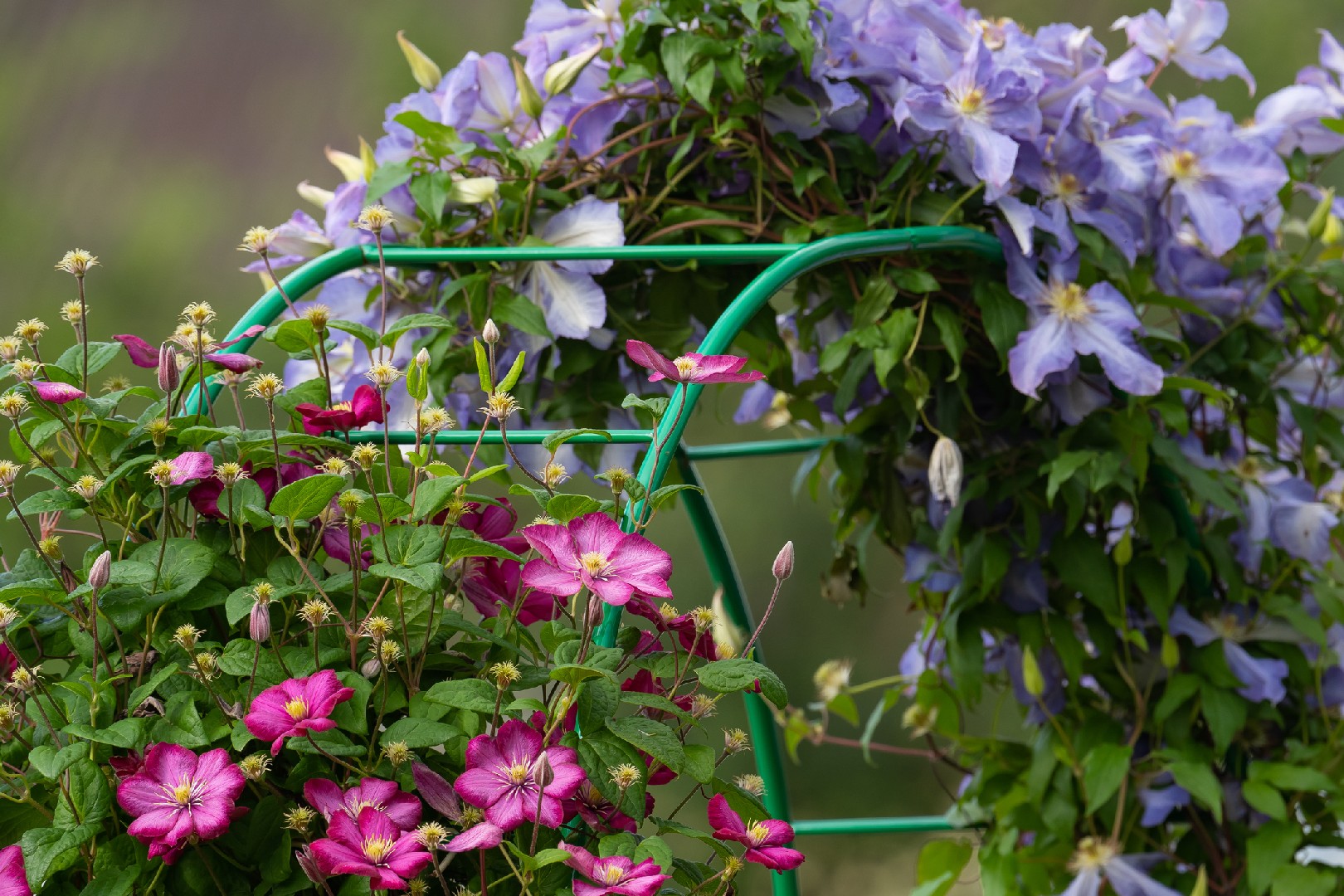![Rectangle]()
Understanding the Basics: What is Plant Training and Why It's Important
Plant training is a crucial technique in gardening that involves directing the growth of climbing plants such as roses, clematis, and ivy. By guiding the way these plants grow, you can not only improve their health and aesthetics but also maximize the use of space in your garden. Understanding the basics of plant training is essential for any gardener, whether you have a small balcony garden or a large backyard.
When we talk about plant training, we refer to the process of training climbing plants to grow in a specific direction or pattern. It is done by tying, pruning, or using trellises and stakes to guide the plant's growth. By doing so, you can control the shape and size of the plant, prevent it from overgrowing or overcrowding other plants, and create visually pleasing displays.
One of the primary benefits of plant training is improved plant health. When climbing plants are left untrained, their growth can become unruly and tangled, leading to reduced airflow and increased risk of diseases and pests. Proper training allows for better air circulation, which minimizes the chances of fungal infections and insect infestations. Additionally, training helps distribute sunlight evenly throughout the plant, promoting photosynthesis and overall growth.
Aside from health benefits, plant training also enhances the aesthetics of your garden. By training climbing plants to grow in specific patterns, you can create stunning vertical displays, add depth to your garden, and make the most of limited space. For example, training roses to grow in a fan shape against a wall or trellis can create a beautiful focal point in your garden. Training clematis to climb a pergola or archway can add romance and elegance. And training ivy to grow along a fence can provide privacy and greenery.
The implications of training climbing plants vary depending on the size of your garden. In small garden spaces, training becomes essential to make the most of the limited area available. By training climbing plants to grow upward instead of sprawling, you can utilize vertical space and create an illusion of an expanded garden. Hanging baskets, wall-mounted trellises, and espalier techniques are popular methods for training in compact spaces.
In large garden spaces, training climbing plants is equally important. Not only does it allow for better organization and control, but it also helps create focal points and boundaries in expansive areas. For instance, training climbing roses along the perimeter of your garden can define the boundaries and create a cohesive look. Similarly, training vines like clematis on arbors or pergolas can serve as entryways or transition points within your garden.
In conclusion, plant training is a fundamental technique that ensures the health, aesthetics, and efficient use of space in your garden. Whether you have a small balcony garden or a large backyard, training climbing plants like roses, clematis, and ivy can bring numerous benefits. By understanding the basics of plant training and implementing the right methods, you can create a thriving and visually pleasing garden that will be the envy of your neighbors.





